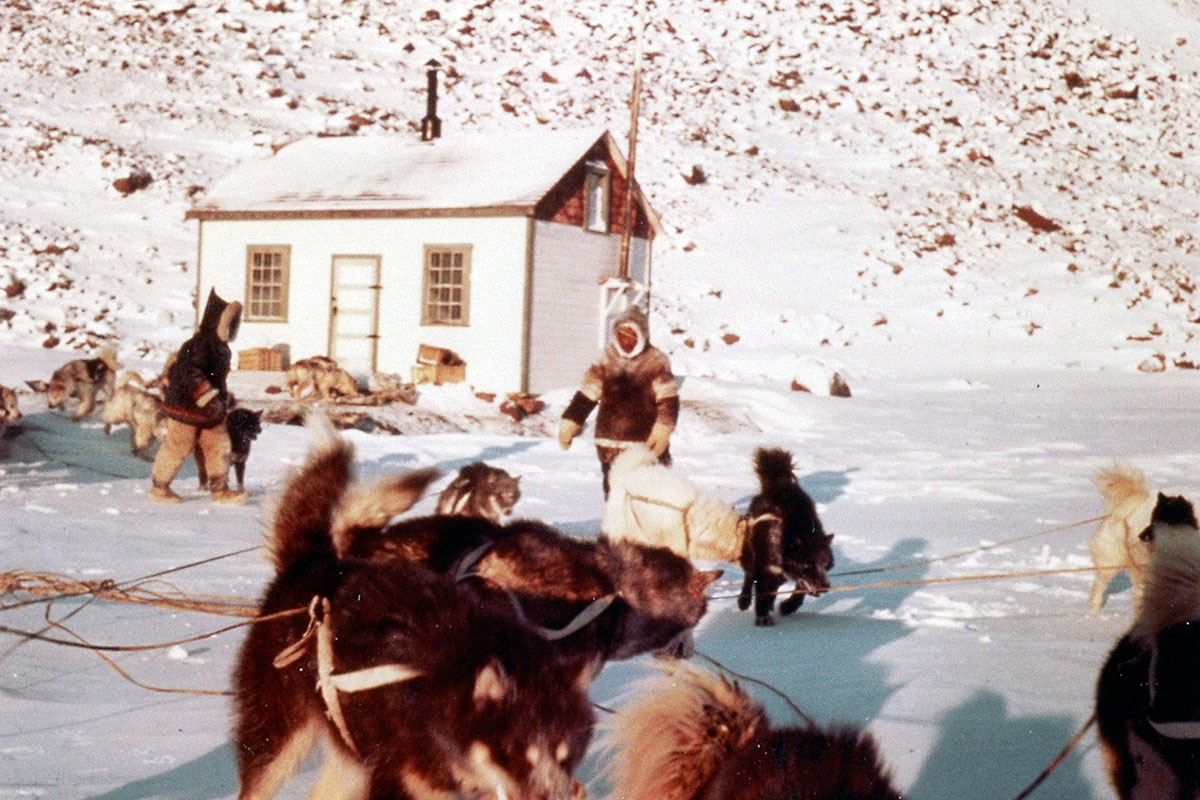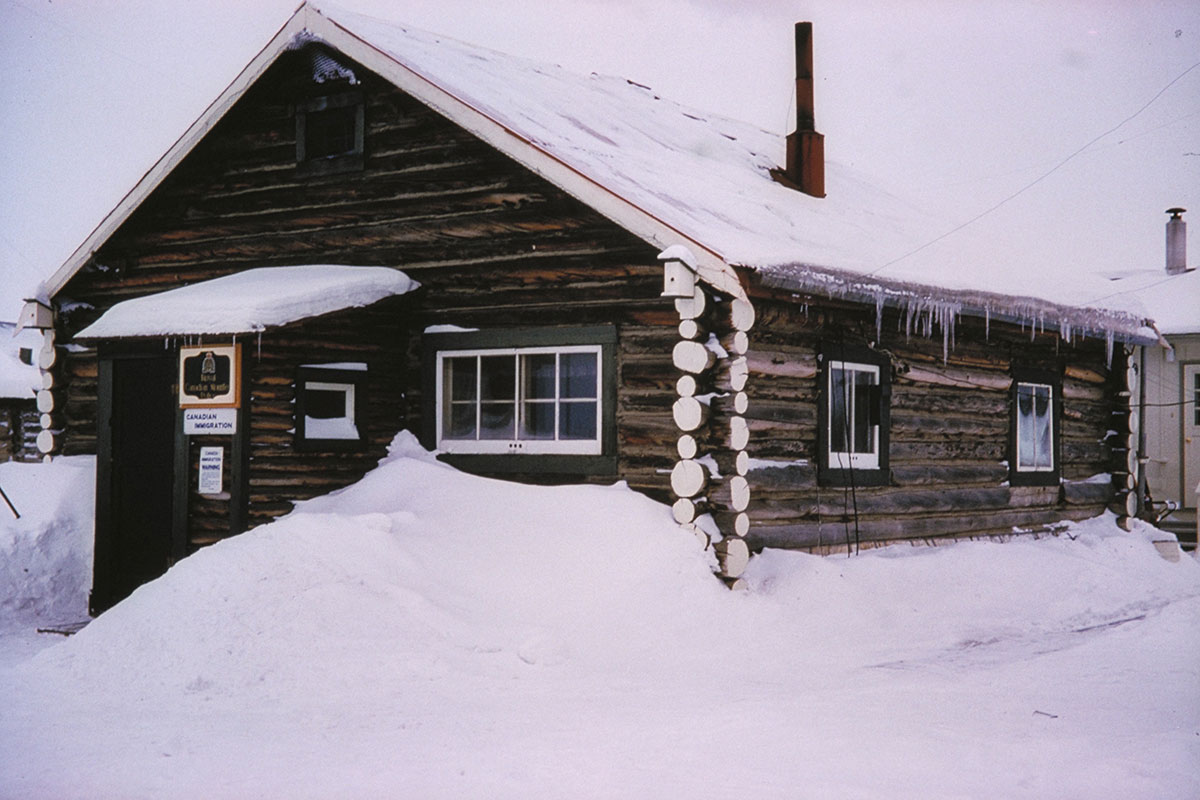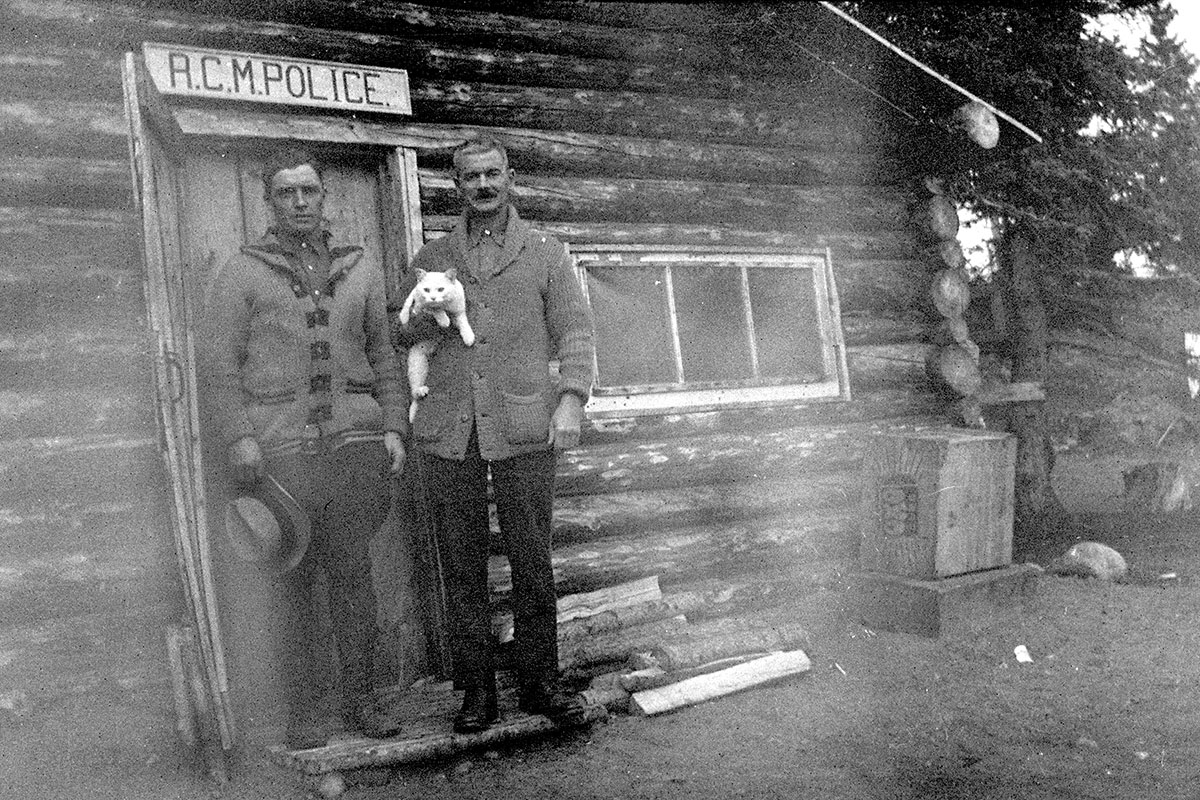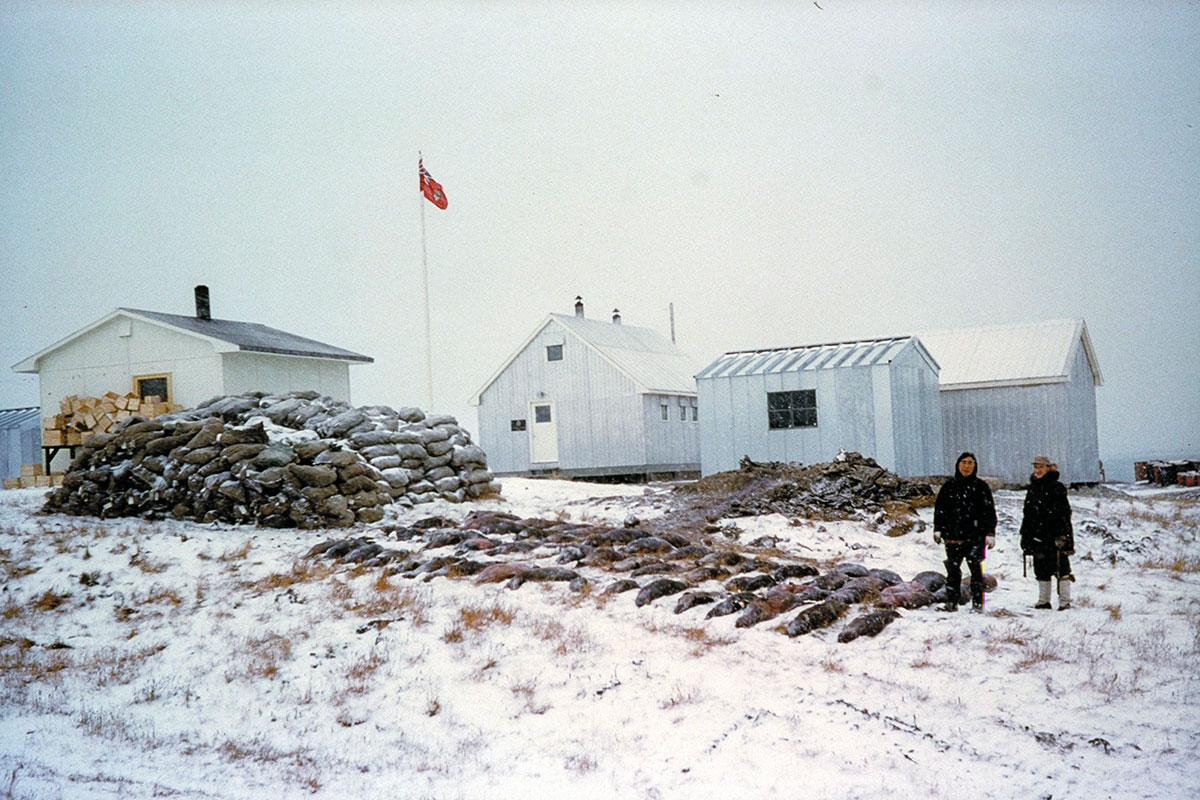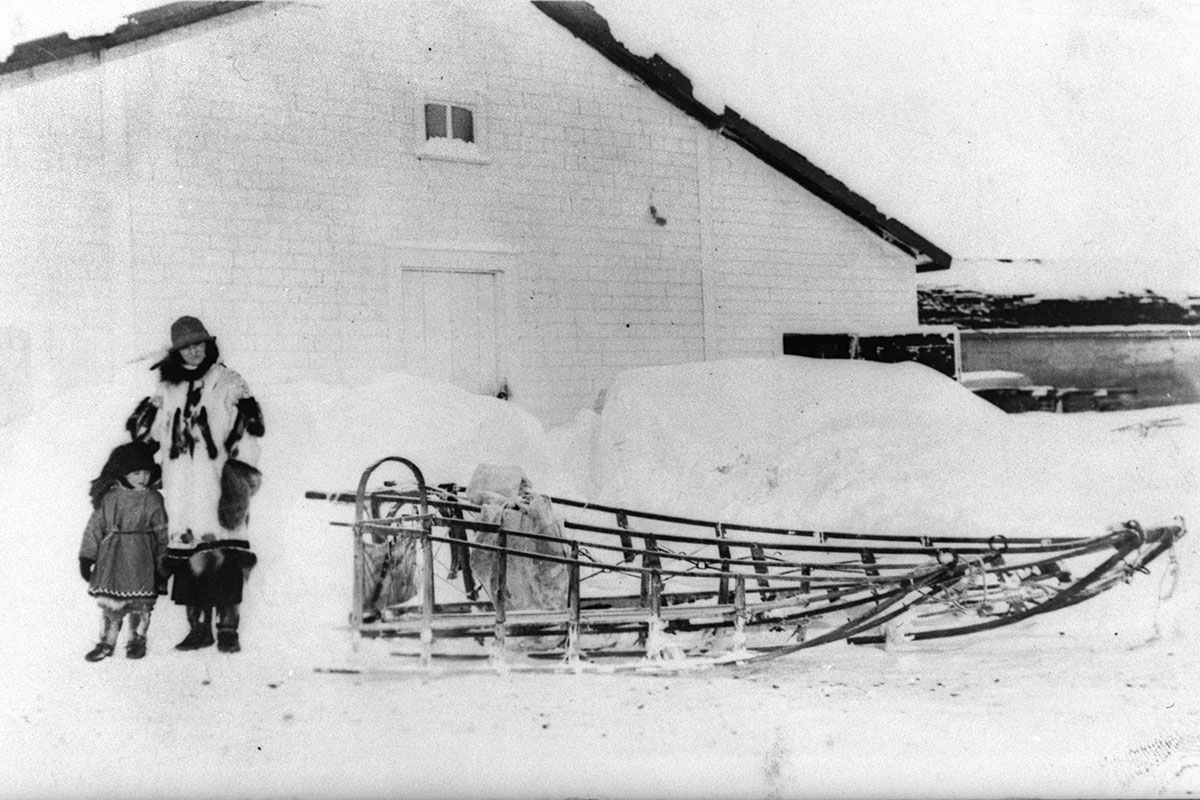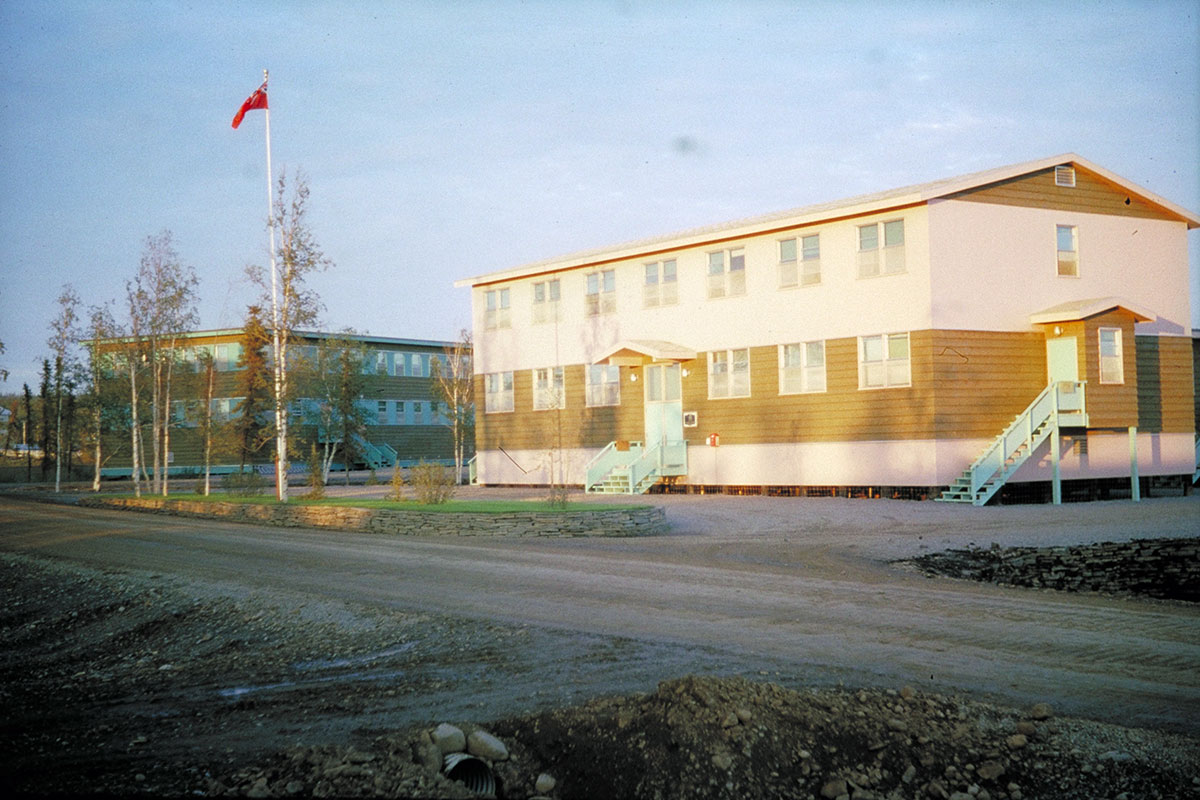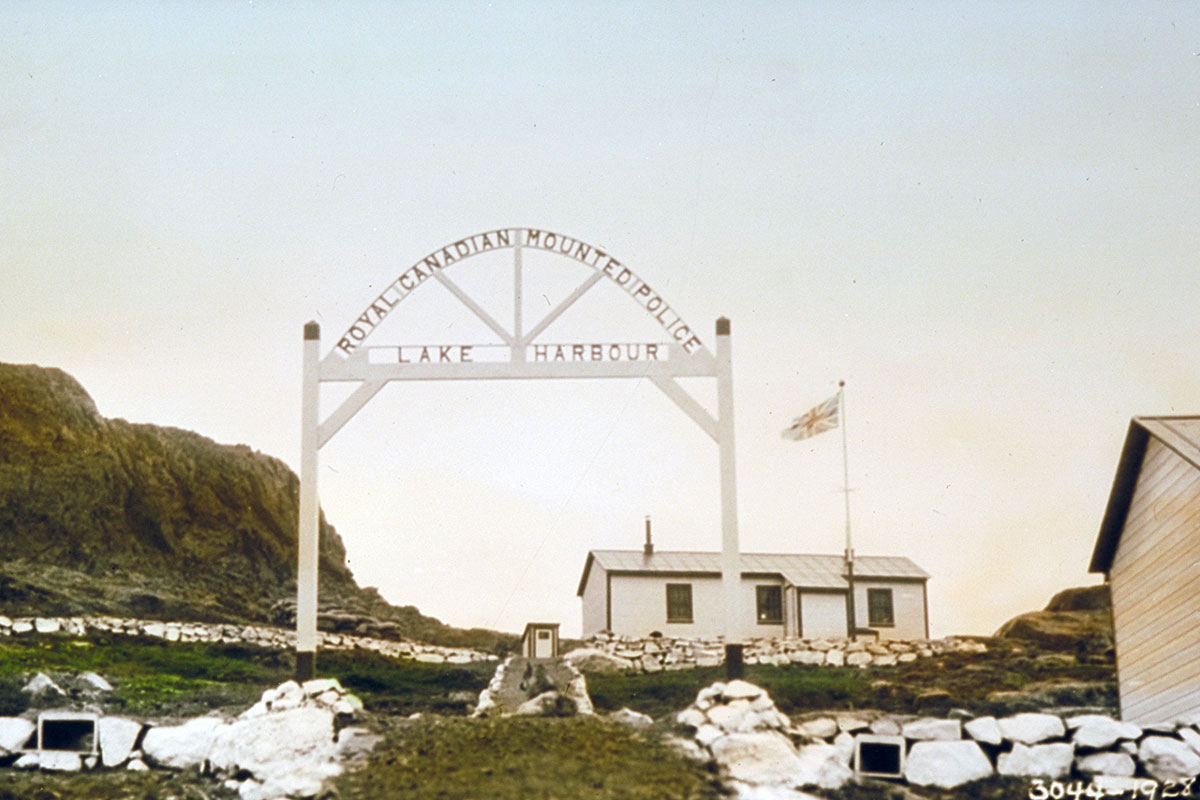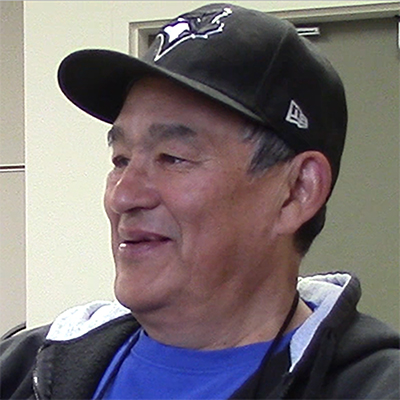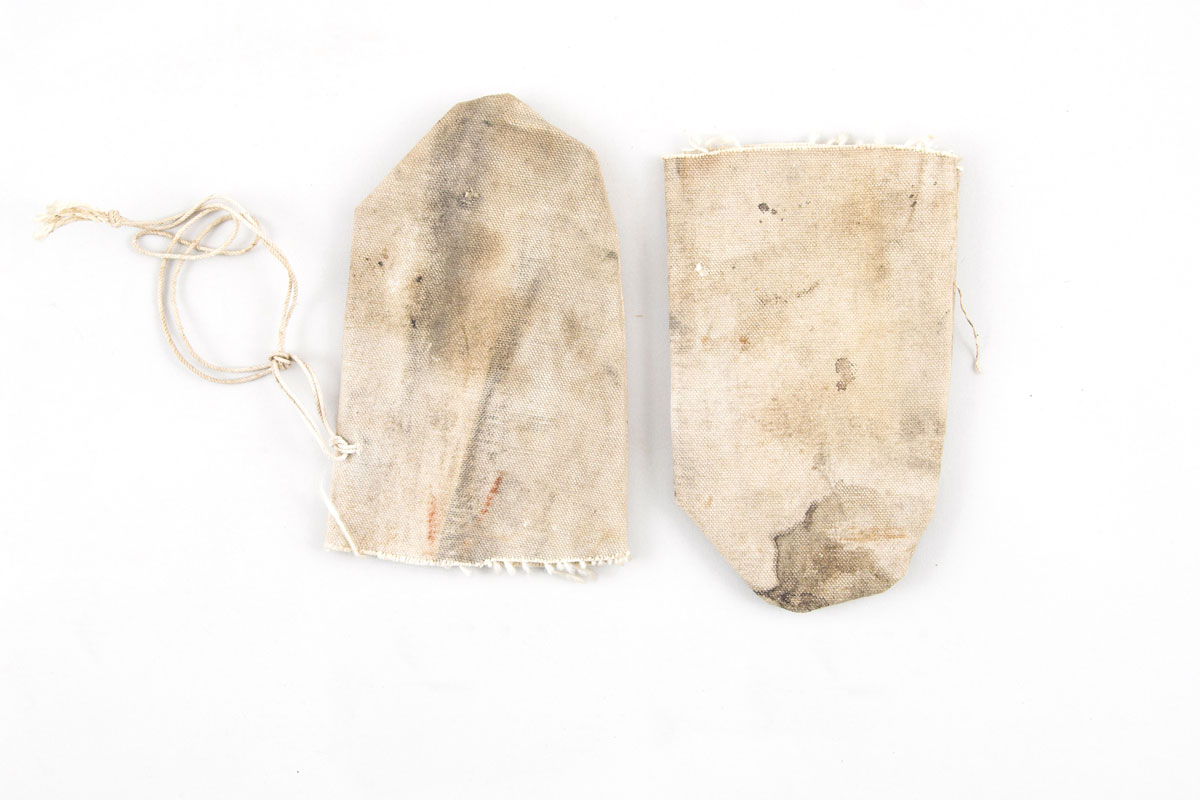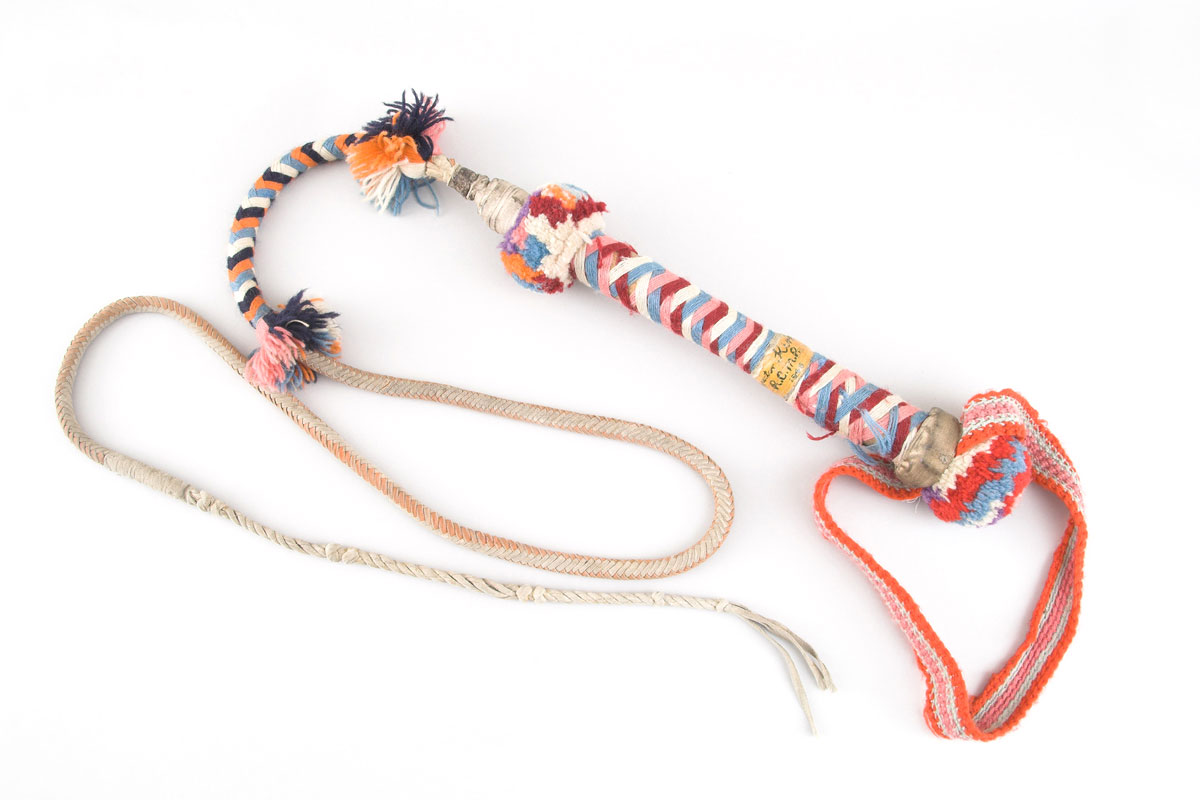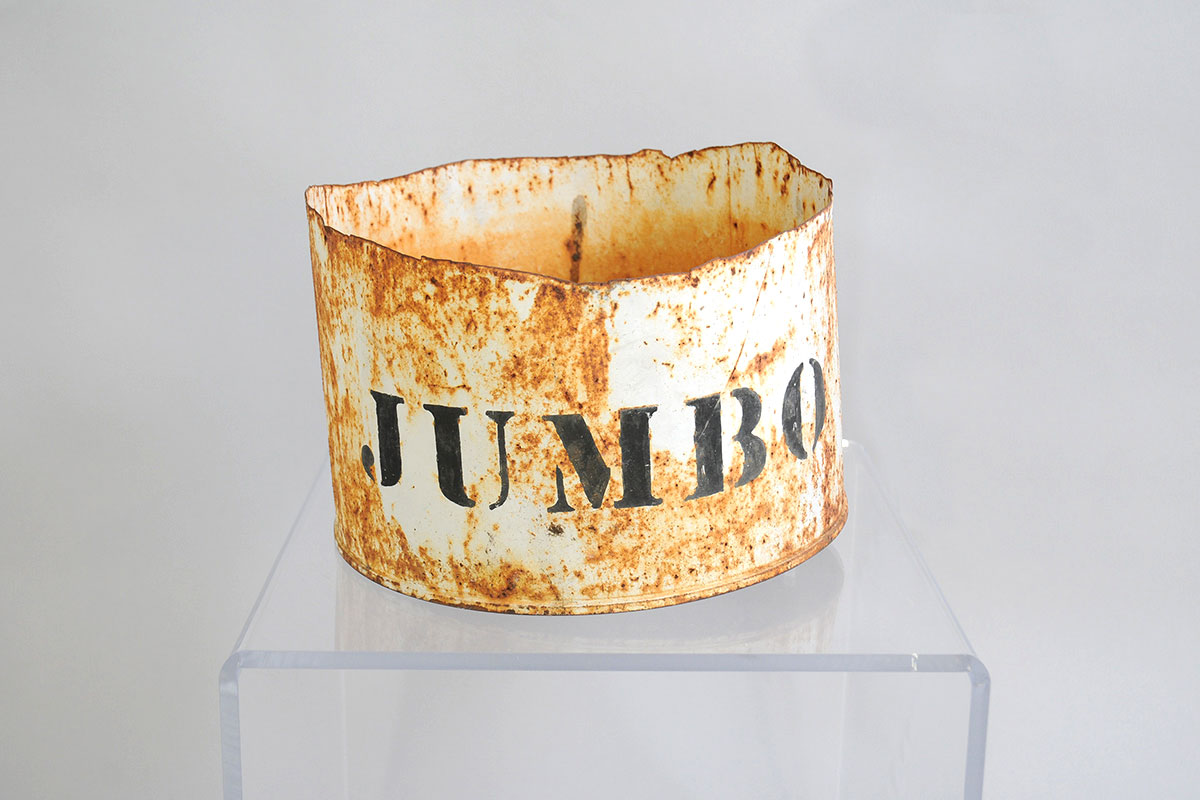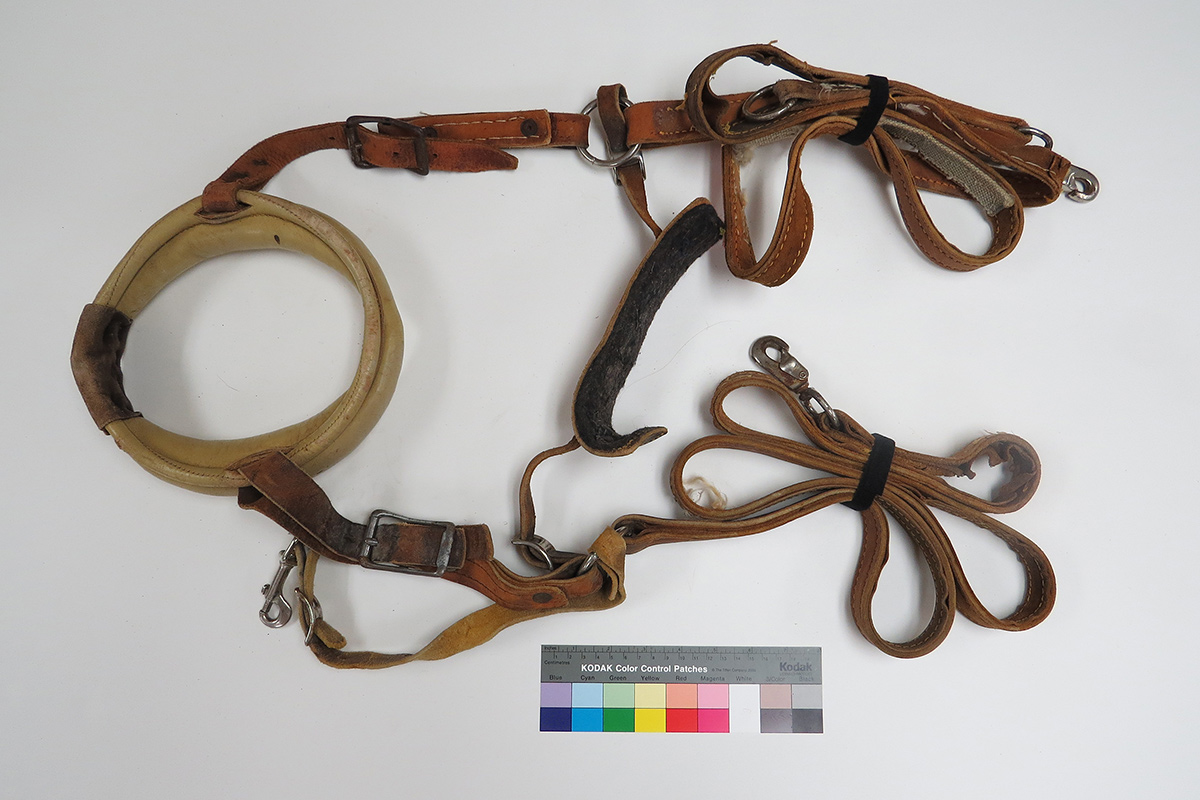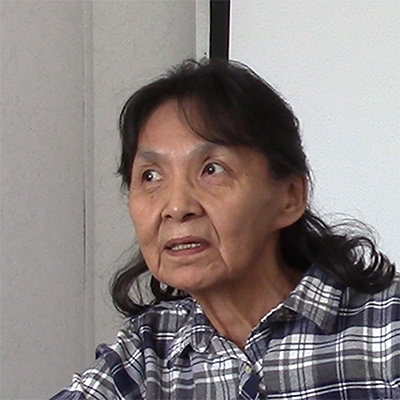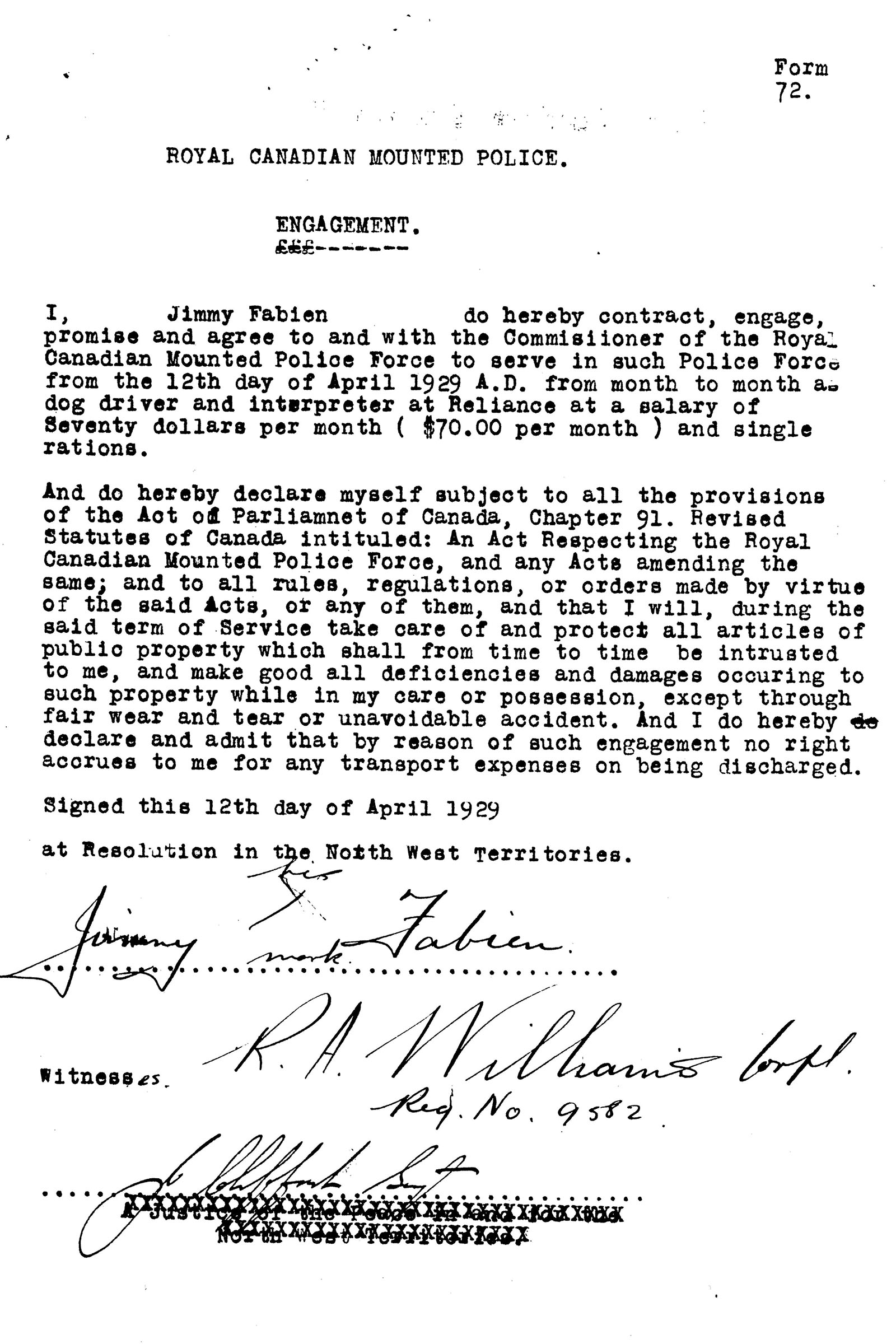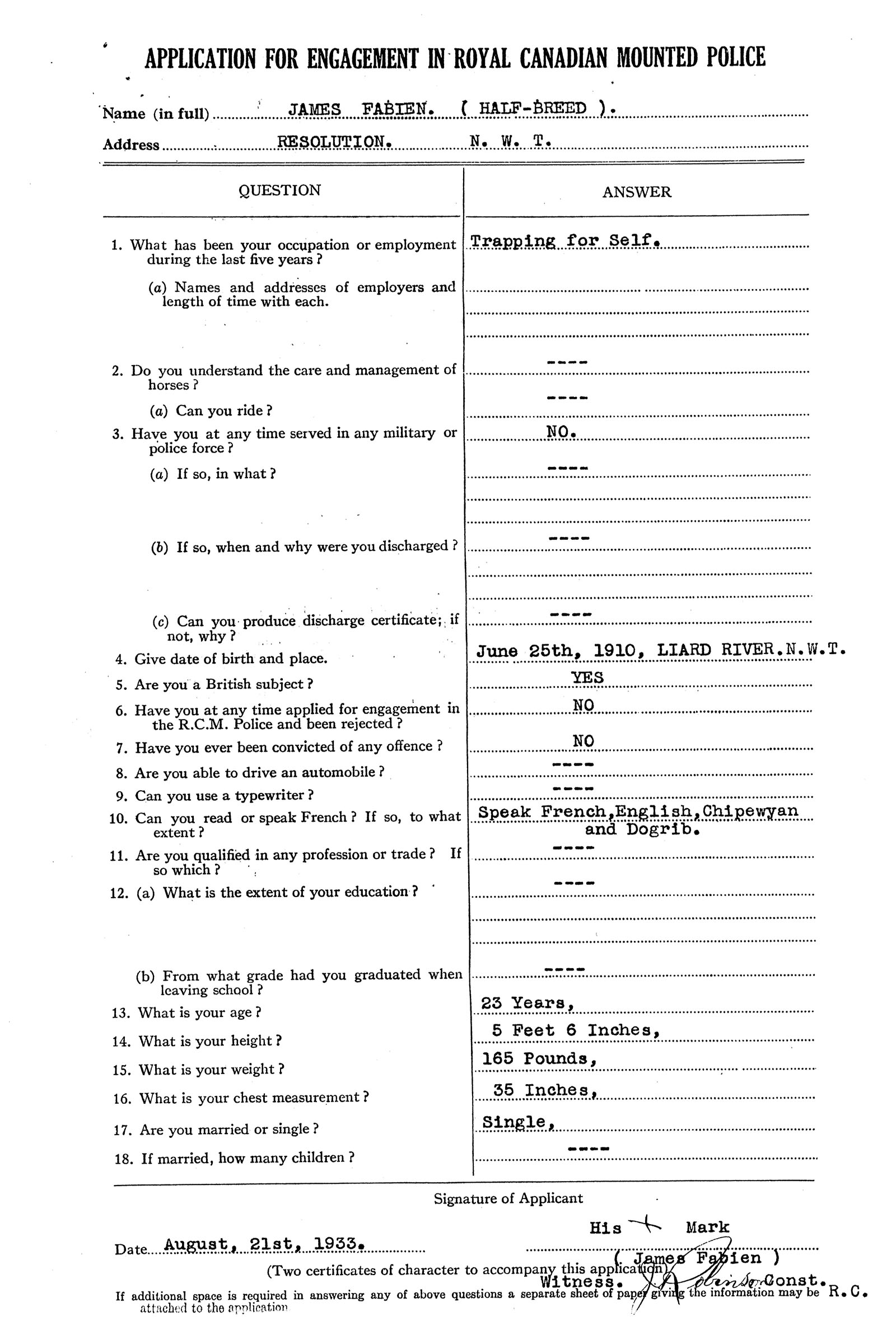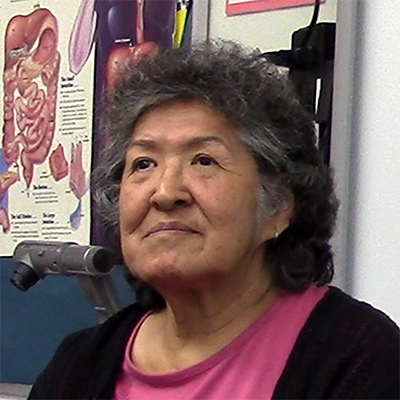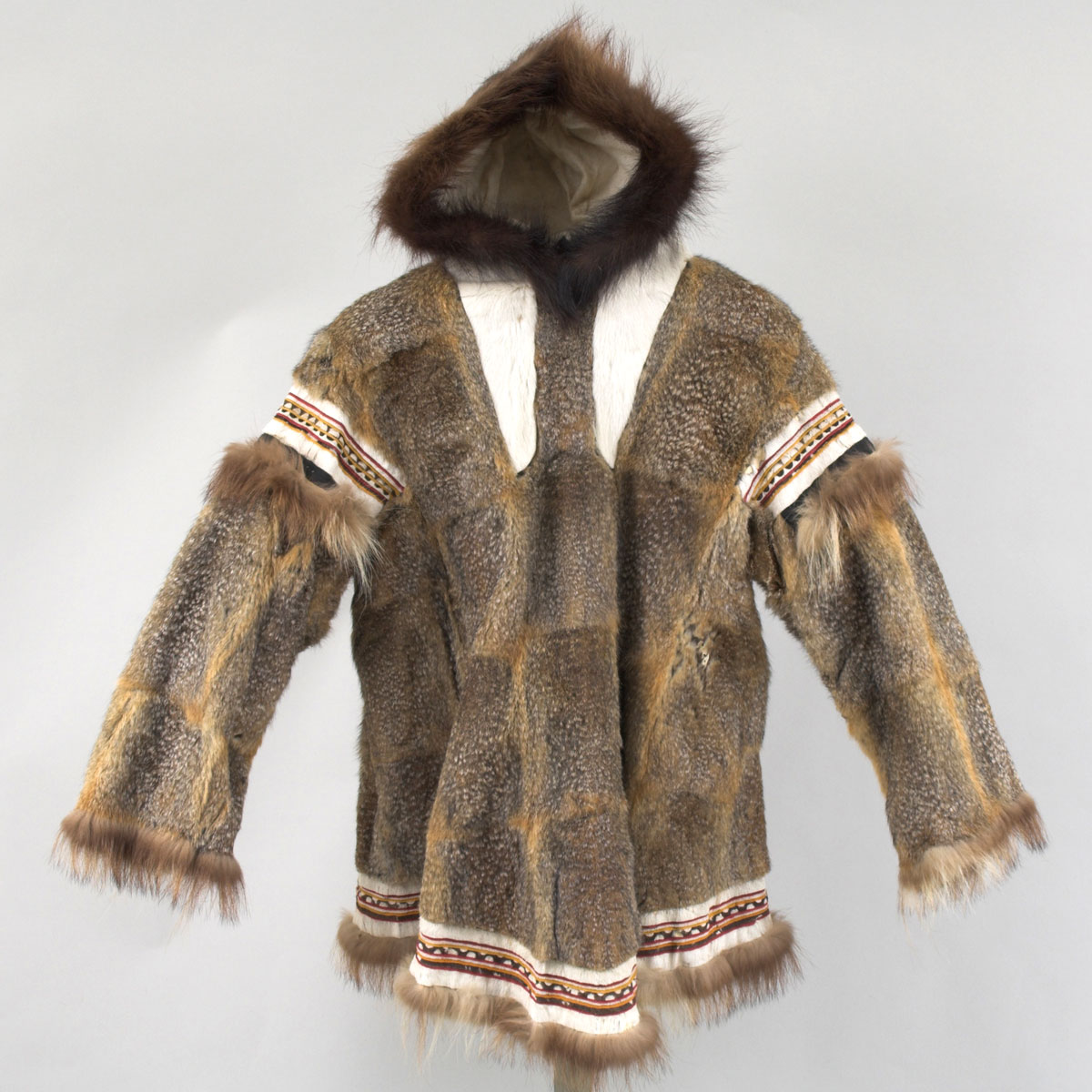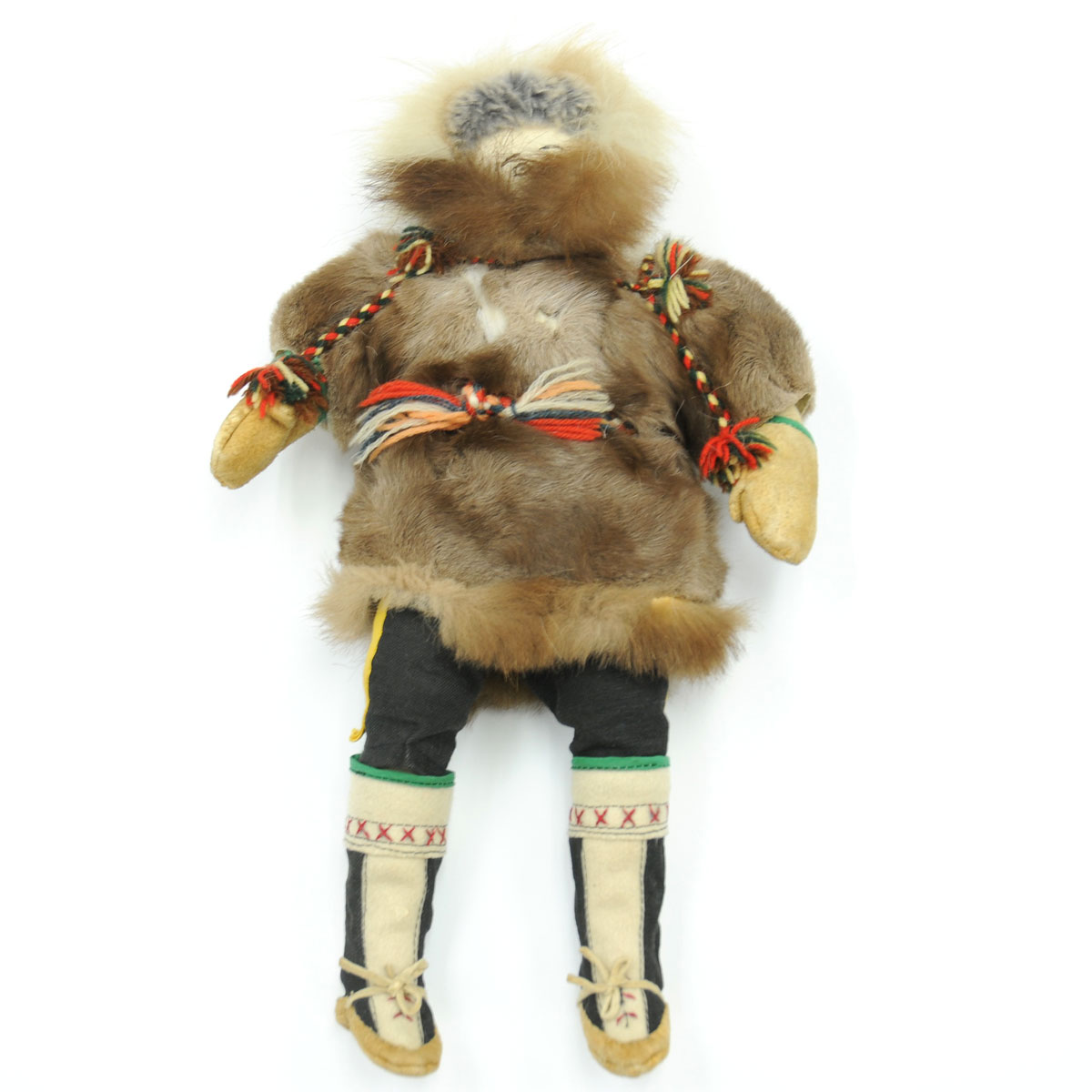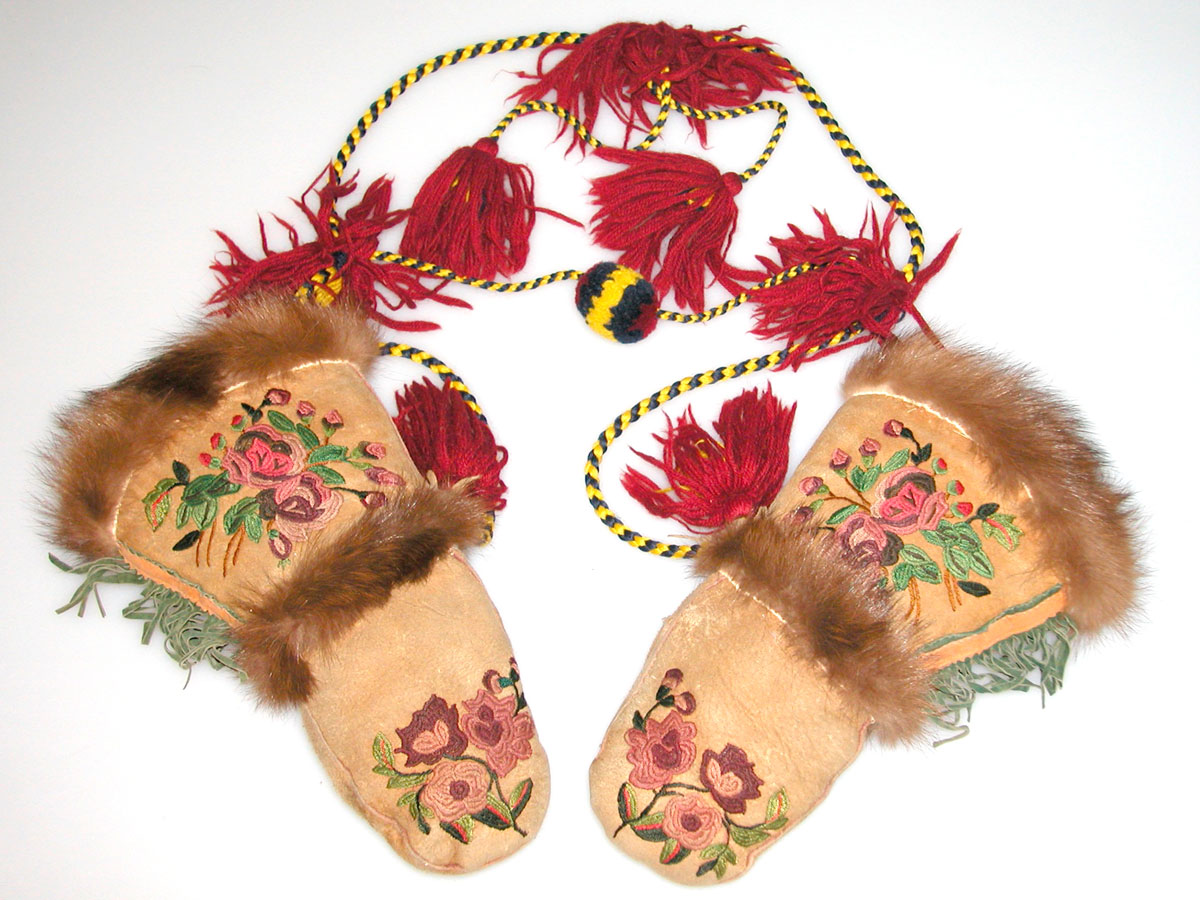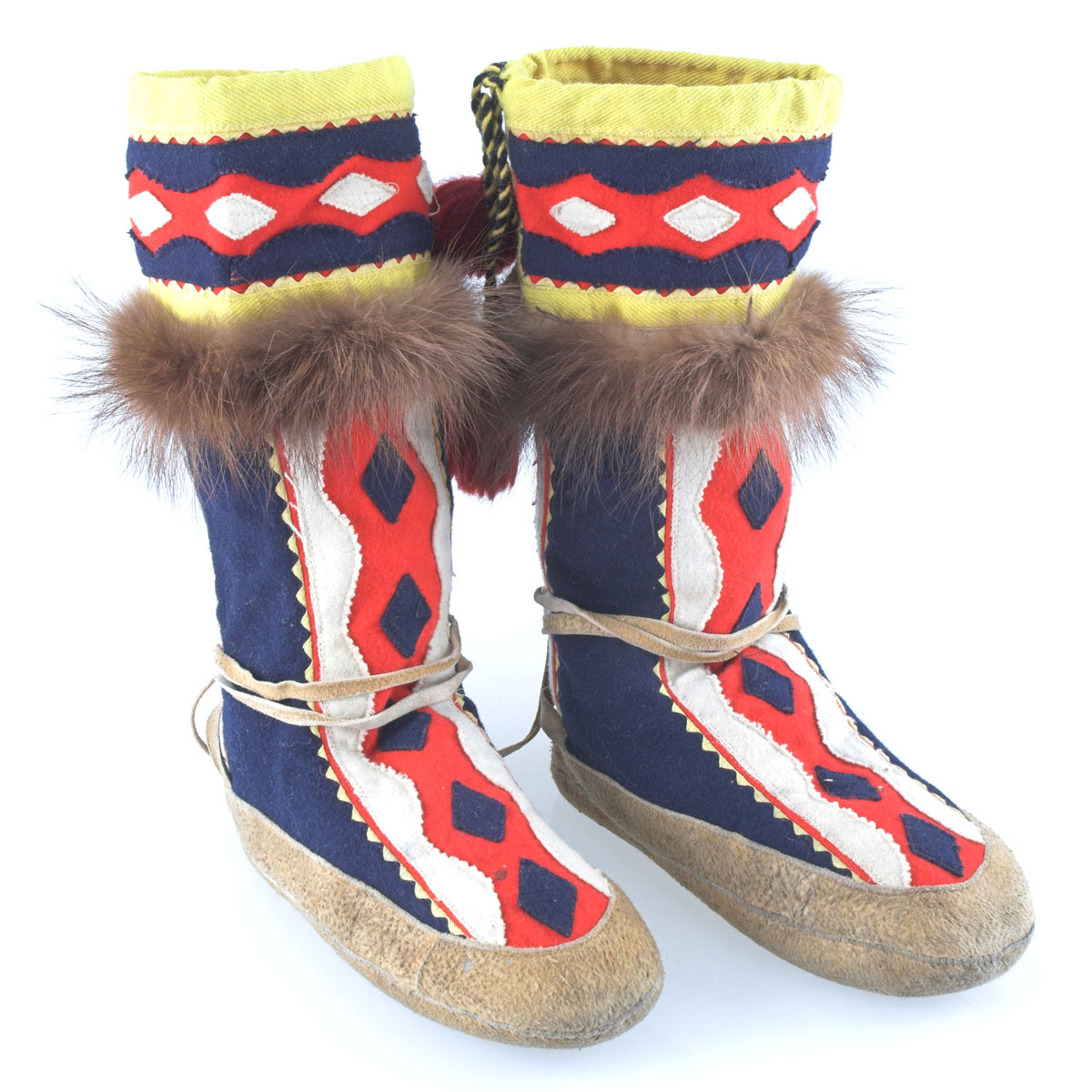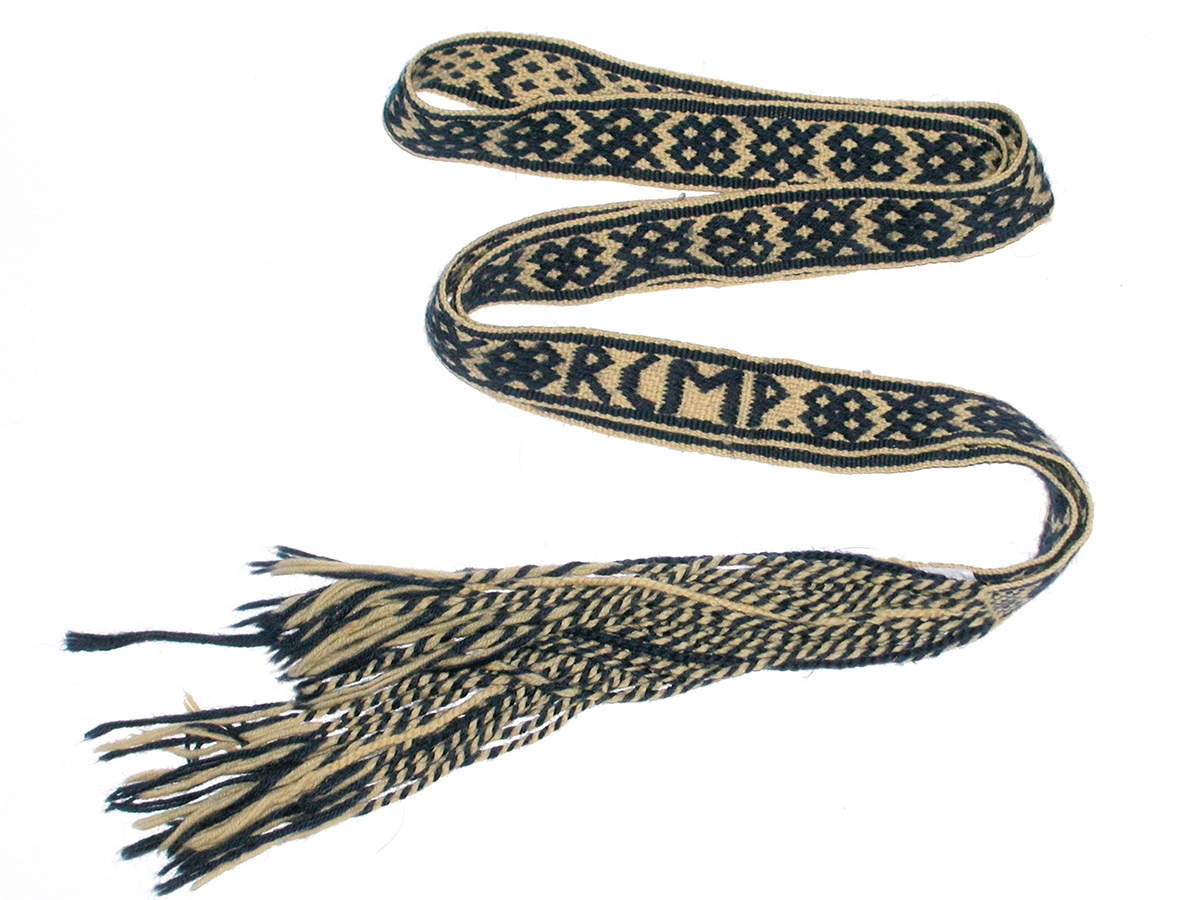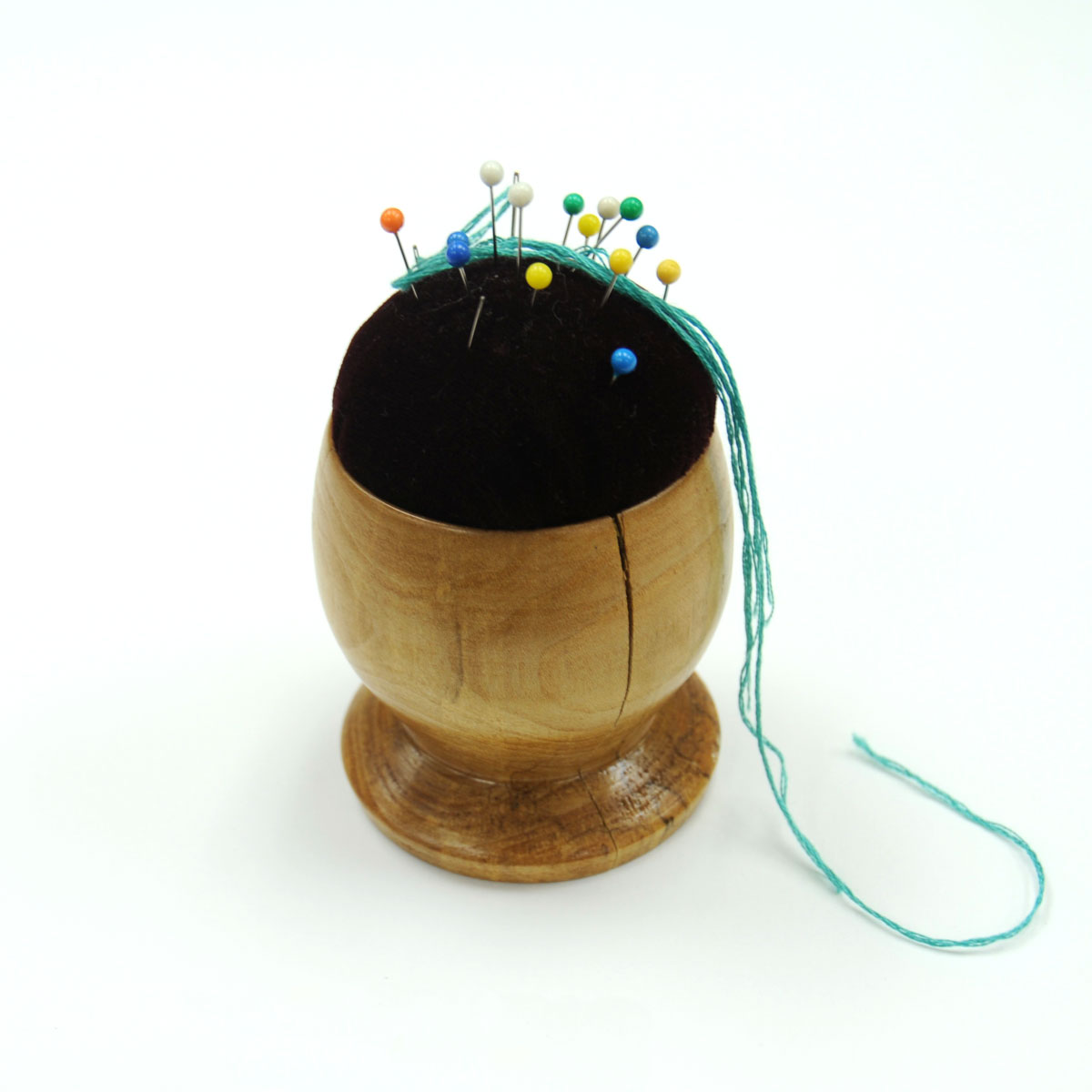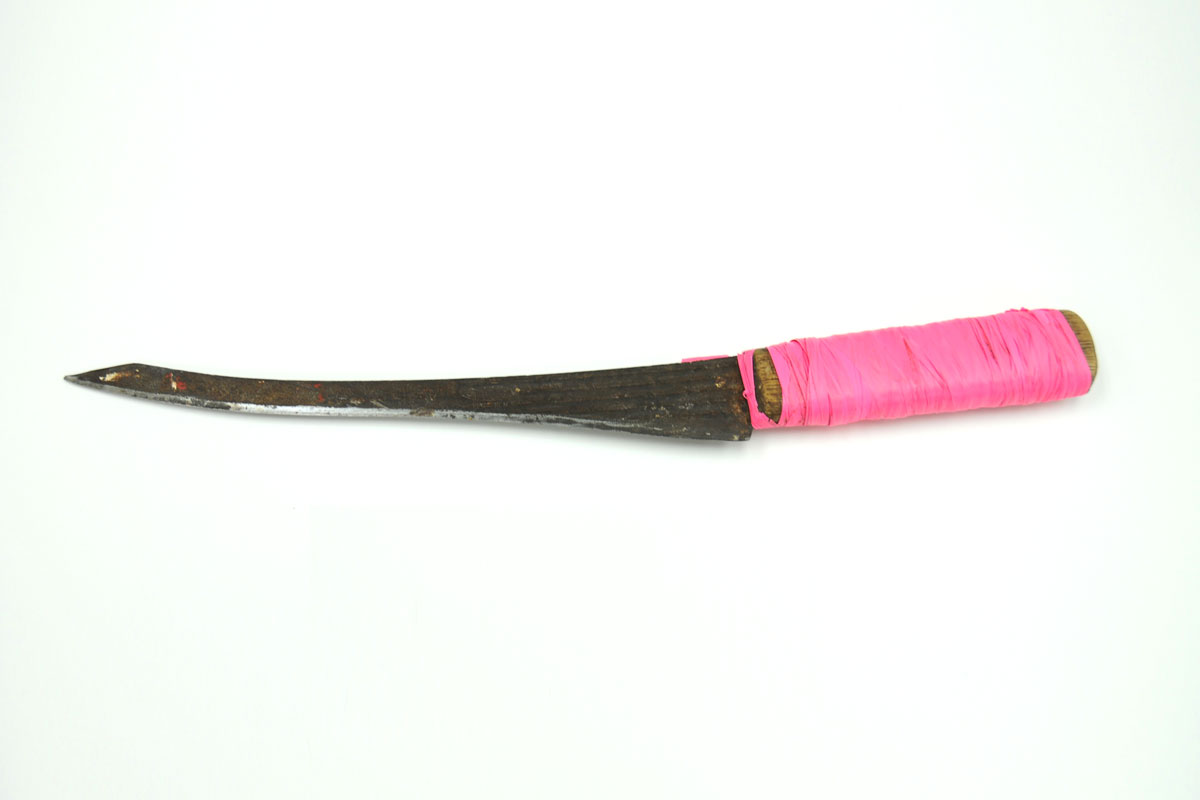We Showed the Way
The RCMP were newcomers and needed to learn essential survival skills. Indigenous people shared their knowledge to support the police in many ways. They were hired – sometimes on the spot – as forerunners, guides, scouts, interpreters, hunters, fishermen, wood cutters and cooks.
S/Cst. Andrew Stewart loads a toboggan, Aklavik patrol, 1946. NWT Archives/N-2005-001:0093
They really had to know what they were doing out there. How to survive. They had to look after these RCMPs who weren’t from this country, but all of a sudden come to a harsh, cold country. They had to know how to survive.
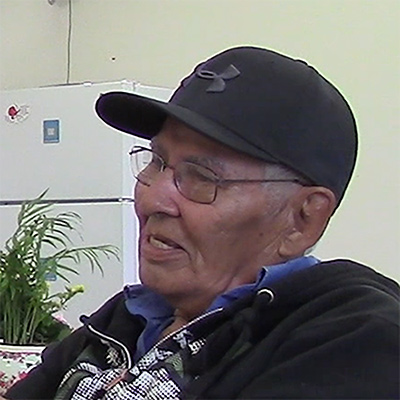
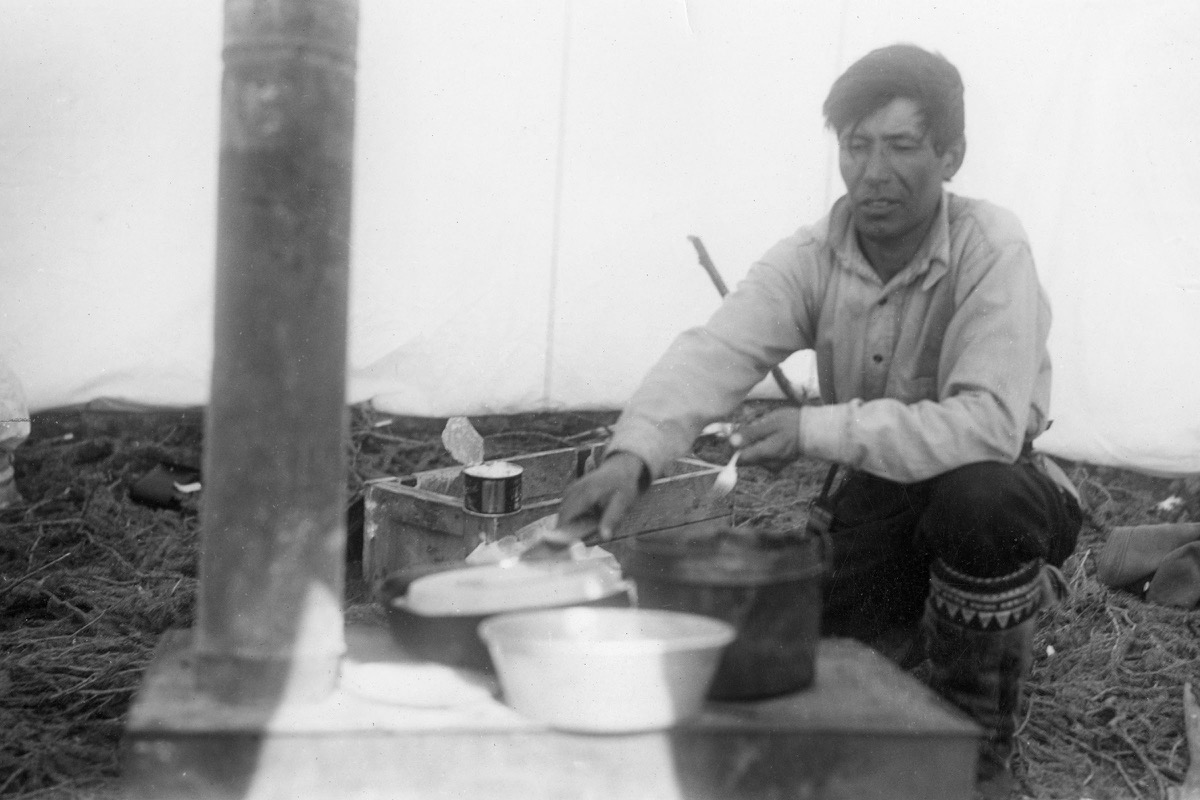
S/Cst. Andrew Stewart prepares a camp meal, Aklavik Patrol, 1946.
NWT Archives/N-2005-001:0095
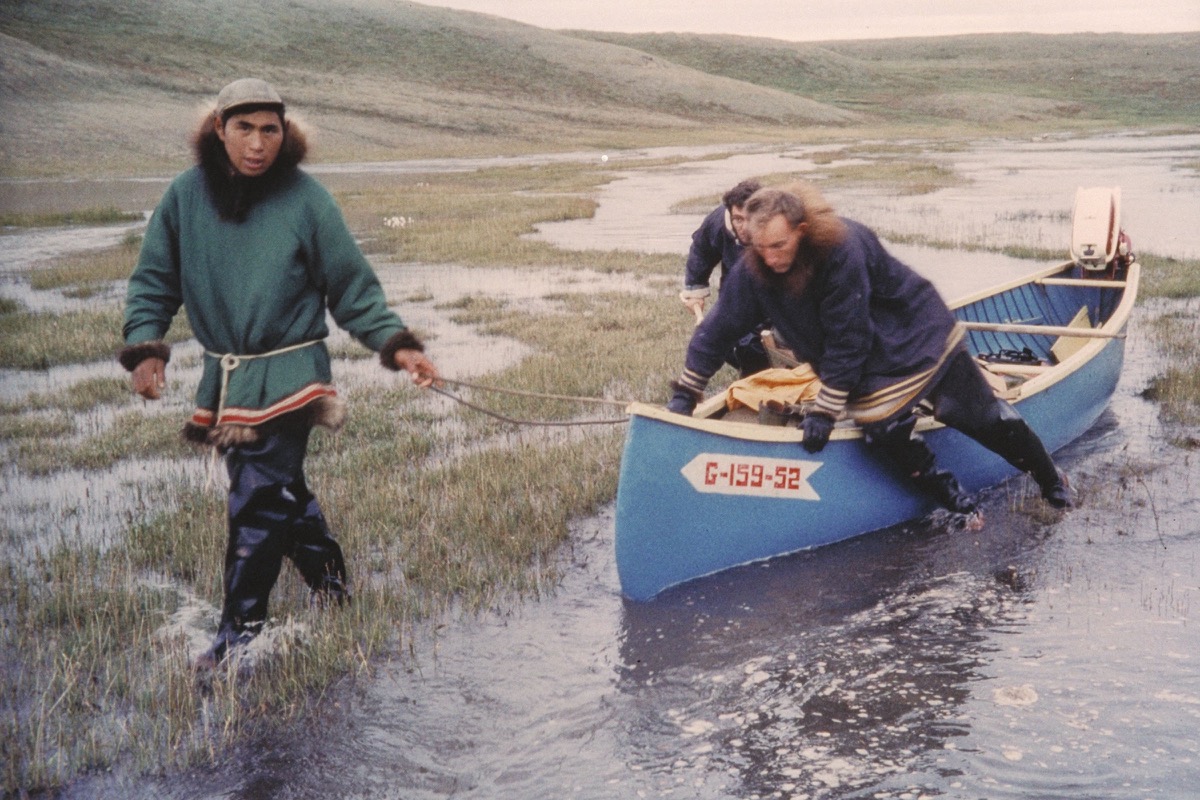
S/Cst. Peter Esau (left), guides Garner King and Cst. Bob Knights into Fish Lake, Sachs Harbour, 1958.
NWT Archives/N-1993-002:0277
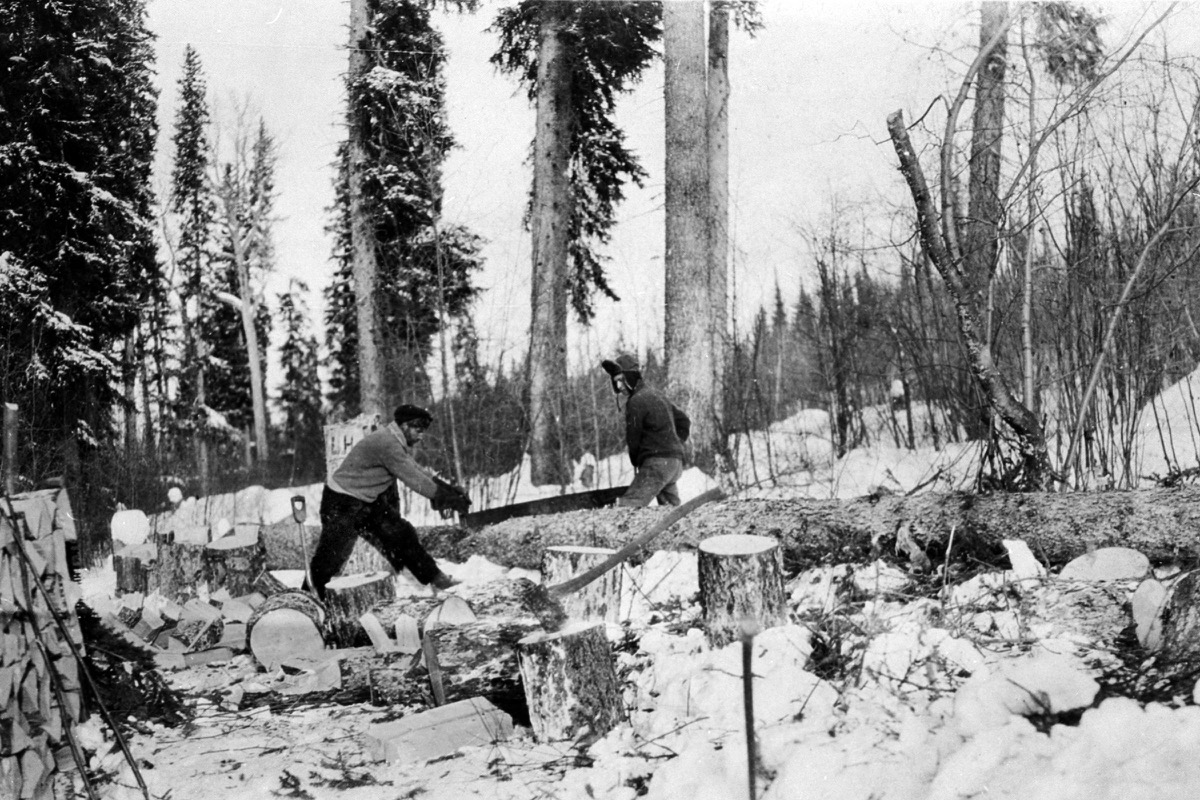
Cutting fire wood, 1922.
NWT Archives/N-1979-004:0238
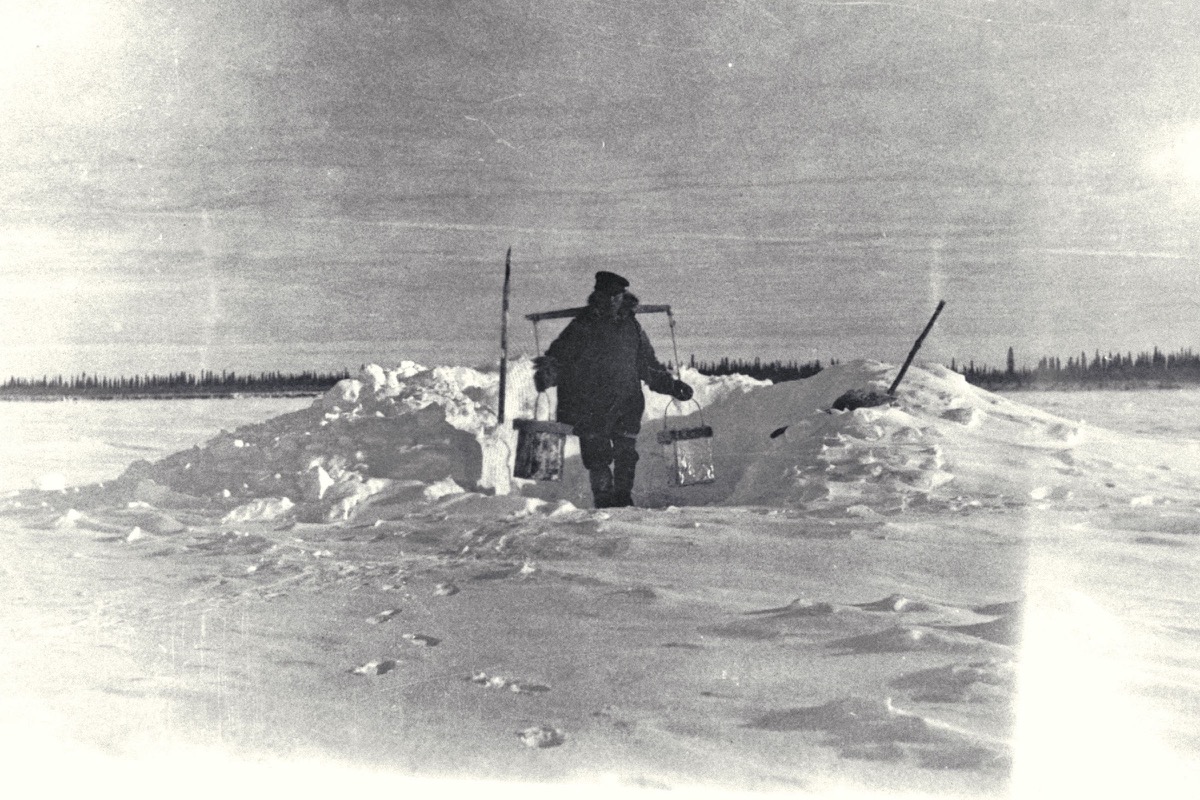
Police Interpreter hauling water, Aklavik, 1920s.
NWT Archives/N-1991-041:0029
